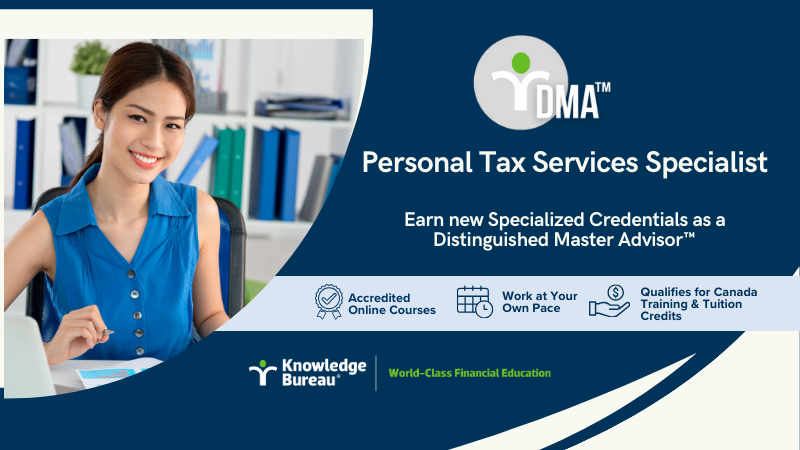Funding Education Through the Tax System

Evelyn Jacks
Special Back to School Tax Tips Issue: It’s Back to School and that means it’s time to think about how the tax system works to help support parents, students and employers. In this Special Knowledge Bureau Report, refresh your memory on the tax deductible do’s and don’ts when it comes to funding education through the tax system. There are two common ways to do so from investment accounts that may have been set up for these purposes. First there are the Education Assistance Payments available from the Registered Education Savings Plan (RESP). You may also consider the Lifelong Learning Plan under the RRSP withdrawal rules. Here’s what to know:
Funding Education Through the Tax System
There are two common ways to do so from investment accounts that may have been set up for these purposes. First there are the Education Assistance Payments available from the Registered Education Savings Plan (RESP). You may also consider the Lifelong Learning Plan under the RRSP withdrawal rules. Here’s what to know:
The RESP. The subscriber, who contributes money into the RESP, does not receive a tax deduction at the time of investment. But, income earned within the plan on the contributions made is tax-deferred until the beneficiary student qualifies to receive education assistance from the plan by starting to attend post-secondary school on a full time basis.
In addition, the government has two matching plans: The Canada Education Savings Grant (CESG) and the Canada Learning Bond (CLB). The amounts are received on a tax-free basis by  the RESP plan but must be repaid if the funds are not used for educational assistance
the RESP plan but must be repaid if the funds are not used for educational assistance
If the beneficiary begins post-secondary education, the beneficiary is eligible to receive Education Assistance Payments (EAPs). The amounts are taxable to the beneficiary (as other income on line 13000).
The maximum amount of EAPs was recently increased (as of March 23, 2023) from $5,000 to $8000 in the first 13 consecutive weeks of study in a qualifying education program at a post-secondary educational institution. Once the 13 weeks have been completed, there is no limit to the amount that may be withdrawn from the plan. However, if, for a period of 12 months, the student does not enrol or pauses their qualifying education program, the 13-week period and the $8,000 limitation will be imposed again.
For part time students the EAPs maximums in that qualifying 13-week period are $4000. For students studying abroad the minimum program length to qualify for educational assistance payments was reduced to three weeks for taxation years after 2010.
The Lifelong Learning Plan. The Lifelong Learning Plan allows a taxpayer to withdraw up to $20,000 of funds saved within their Registered Retirement Savings Plan (RRSP) for the purpose of furthering their education or the education of their spouse or common-law partner, on a completely tax-free basis. The withdrawal limit is $10,000 per year. No tax will be withheld on such withdrawals.
The withdrawals may be a single amount or the taxpayer may make a series of withdrawals as long as the total does not exceed $20,000. Funds are withdrawn from the RRSP using Form RC96 Lifelong Learning Plan (LLP) Request to withdraw funds from an RRSP.
The funds must be repaid back into the RRSP, over a period not exceeding 10 years, beginning in the fifth calendar year after the withdrawal or the year after the student ceases to be a full-time student for at least three months in the year, whichever comes first. Amounts that are due and not repaid are included in the taxpayer's income under S. 56(1)(h.2) of the Income Tax Act in the year they are due.
Taxpayers are free to participate in the plan again once they have repaid the amount borrowed.
Note: It is not necessary that the taxpayer actually use the funds borrowed for the intended purpose, only that they become a full-time student.
Bottom Line. Of course, the Tax Free Savings Account (TFSA) is an option for funding education as well, but best left to save money on a tax free basis for large future requirements, like retirement or emergencies. Using tax assisted savings options well – as you accumulate and as you pay – can really make sense and cut out at least some of the stress of funding education.
Your DMA™ Personal Tax Services Specialist can also help.